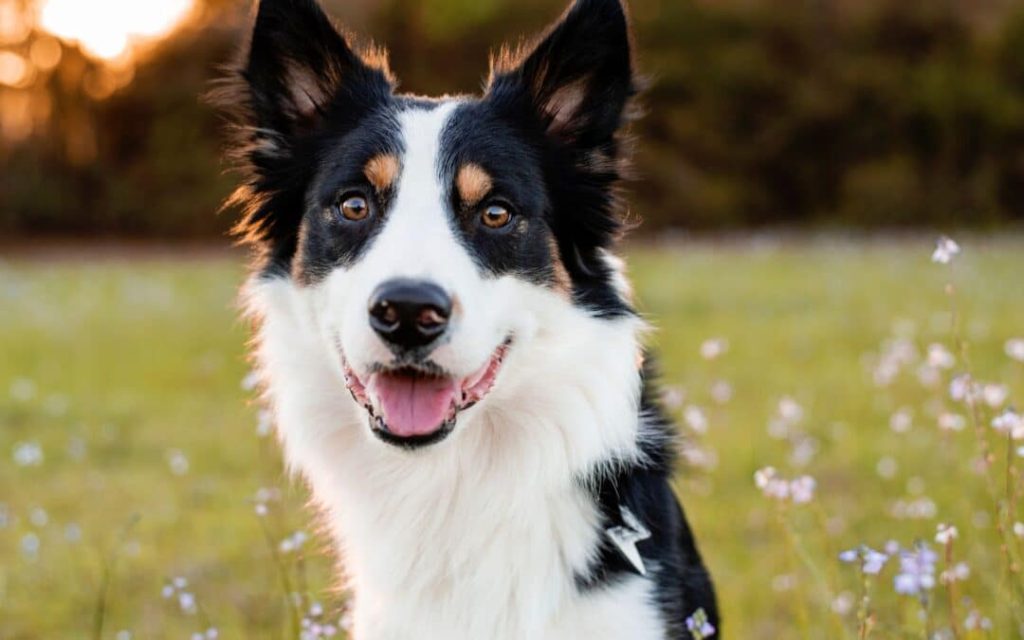
“Dogs do speak, but only to those who know how to listen.” Orhan Pamuk said it just right, capturing the relationship between humans and dogs particularly when it comes to those über-needy, love-you-forever dogs. For current dog owners and prospective pet parents, recognizing which breeds are the most needy can be the key to a peaceful home and not a fur-fueled screaming melee of separation anxiety.
If you’re attracted to dogs that love to be your shadow, you’re not the only one. Such so-called “Velcro dogs” are renowned for their loyalty, but this constant need for attention has some special challenges. From learning how to deal with their emotional requirements to avoiding destructive tendencies, here’s what you need to know about the most loving, attention-seeker breeds and how to assist them in being their best.
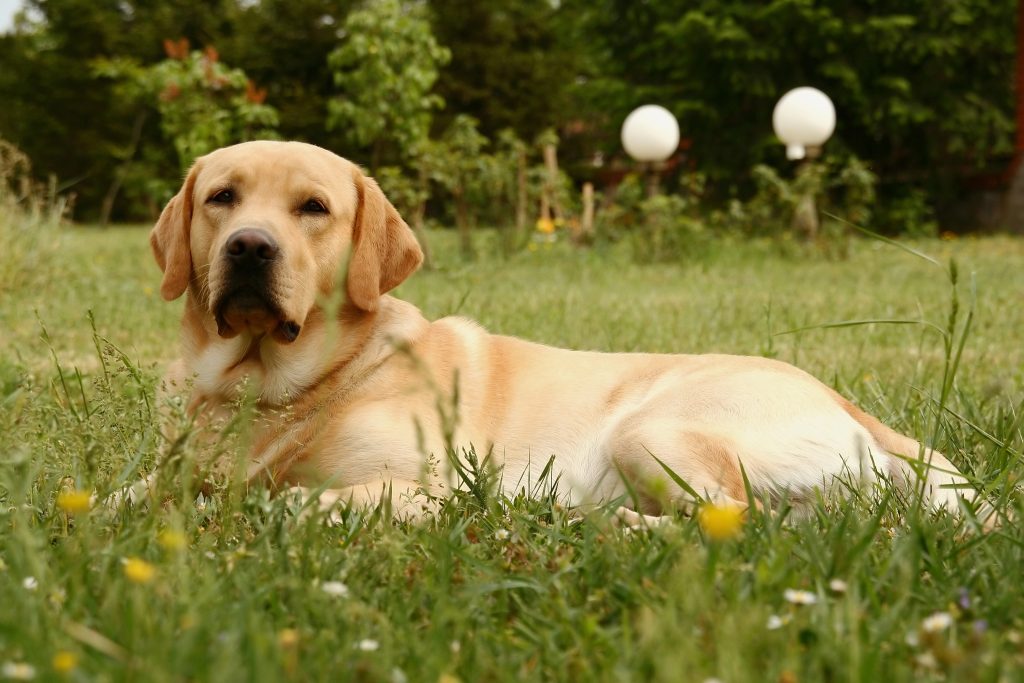
1. Labrador Retriever: The Perfect Family Shadow
Labrador Retrievers are the poster pups of loyal friendship. Their eagerness to be in on every family activity is the stuff of legend. iheartdogs.com says that Labs are most content when they’re included in everything, from a backyard barbecue to a lazy Saturday afternoon on the sofa. But their loyalty can become separation anxiety if they’re left behind too frequently. Labs are famous for trailing their owners from room to room, and their clinginess can manifest in chewing or digging behaviors when they get stressed.
To maintain a Lab in a happy state, daily exercise, mental stimulation, and regular routines are important. According to CitizenShipper, when anxious, Labs tend to bark, chew, and dig, so puzzle toys and interactive games can be a lifesaver. Early training and reward reinforcement allow redirecting their energy and stress minimization when not present.
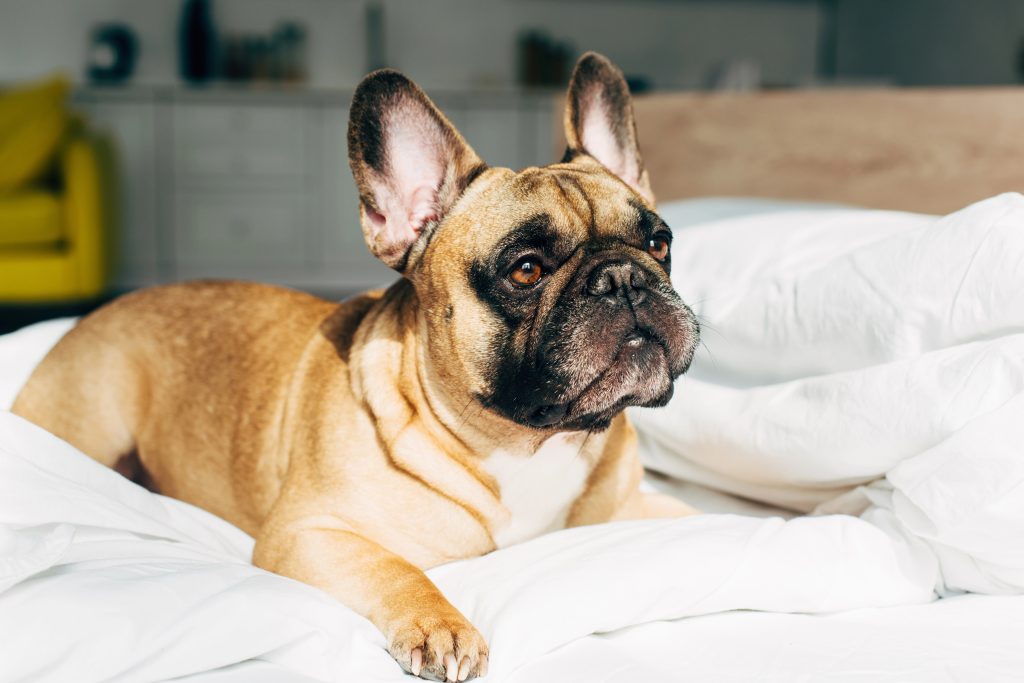
2. French Bulldog: The Apartment Cuddle King
French Bulldogs are loved for their small stature and charming personalities, and they’re a favorite among urban residents. Don’t let their relaxed demeanor fool you, however: these dogs take their love of companionship very seriously. As iheartdogs.com explains, Frenchies live for human contact and will go into anxiety mode if left alone for extended periods. Their spot of choice? Right by your side, touching is a plus.
Frenchies are perfect for those that work at home or can take their dog to work. They don’t require a lot of exercise, but they love attention and reassurance. Having a regular schedule and a warm place close to you can help calm their nerves. If you are away frequently, a pet sitter or doggy daycare will keep your Frenchie happy and healthy.
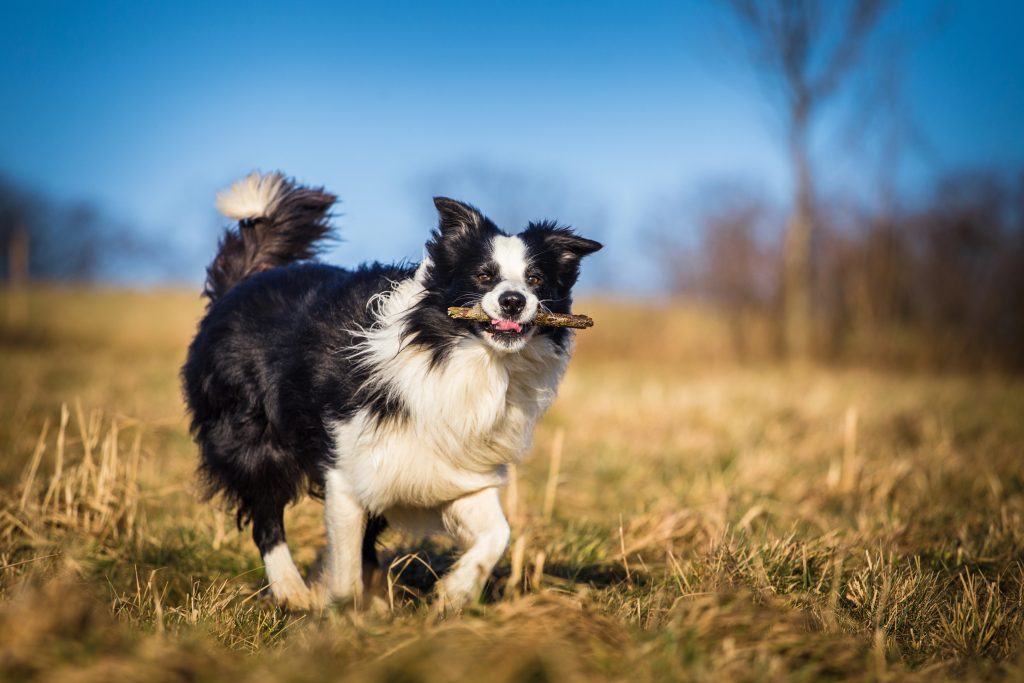
3. Border Collie: The Smart, Hardworking Buddy
Border Collies are also famous for their loyalty and brains, but they possess plenty of energy and a quick mind, which requires them to be more than just cuddled. As Sidewalk Dog points out, Border Collies require incessant mental and physical stimulation or else, they can turn into psychotic, hyperactive wrecks. They adore working and need to be included in everything you do, from early morning runs to puzzle games.
Signs of stress in Border Collies often include pacing, howling, and frantic escape attempts. To keep them happy, mix up their routine with training sessions, agility courses, and interactive toys. If you’re not home much, a Border Collie may not be the best fit but for active families, they’re the ultimate adventure buddy.

4. Cavalier King Charles Spaniel: The Royal Lap Dog
Cavalier King Charles Spaniels are the epitome of lap dog luxury. They were bred to be companions and love snuggling and will trail behind you from room to room waiting for a friendly pat or warm lap. iheartdogs.com calls them “gentle, affectionate and highly attuned to their people.” Their sensitivity also means that they get anxious or even depressed if left by themselves too long.
These pups do best in homes where someone is around most of the day. If you’re considering a Cavalier, plan for lots of cuddle time and gentle play. Regular socialization and short absences can help build their confidence and prevent anxiety. For retirees or anyone craving a constant companion, Cavaliers are pure joy.

5. Italian Greyhound: The Sensitive Snuggler
Italian Greyhounds are fragile, beautiful, and extremely devoted. They have a near-mythical need for closeness they prefer to be snuggled in a blanket next to you and will become plainly upset if left behind. According to iheartdogs.com, their sensitive nature makes them form deep bonds and suffer from severe separation anxiety.
To make Italian Greyhounds feel safe, provide a peaceful atmosphere and do not make sudden changes in routine. Gentle training and progressive practice of alone time are important. Italian Greyhounds are most content in peaceful homes with plenty of loving attention and a minimum of alone time.
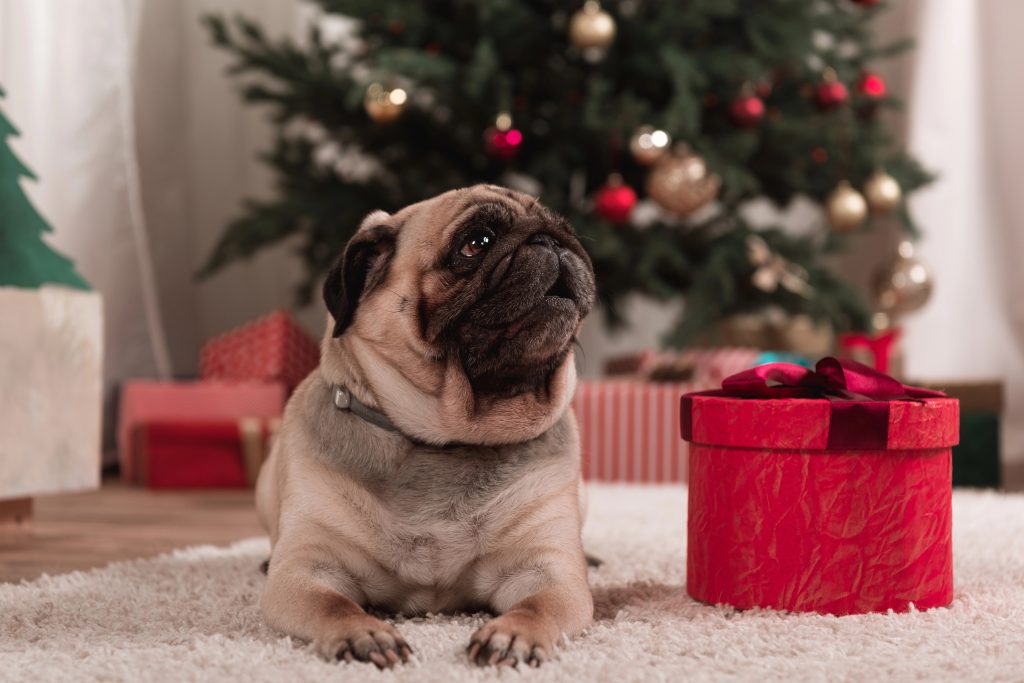
6. Pug: The Playful Attention-Seeker
Pugs are renowned for their mischievous behavior and fondness for human attention. They’re designed to be companion dogs and will shadow their masters around the home. Pugs are “serious cuddlers” as reported by Sidewalk Dog, and they’ll get miserable if left alone for too long. Their love is only matched by their obstinacy, so training them with treats and applause is the answer.
Since Pugs can get behavioral issues if neglected, regular play time and positive reinforcement is necessary. Interactive toys and short training sessions keep them busy in their minds and cheerful in their hearts.
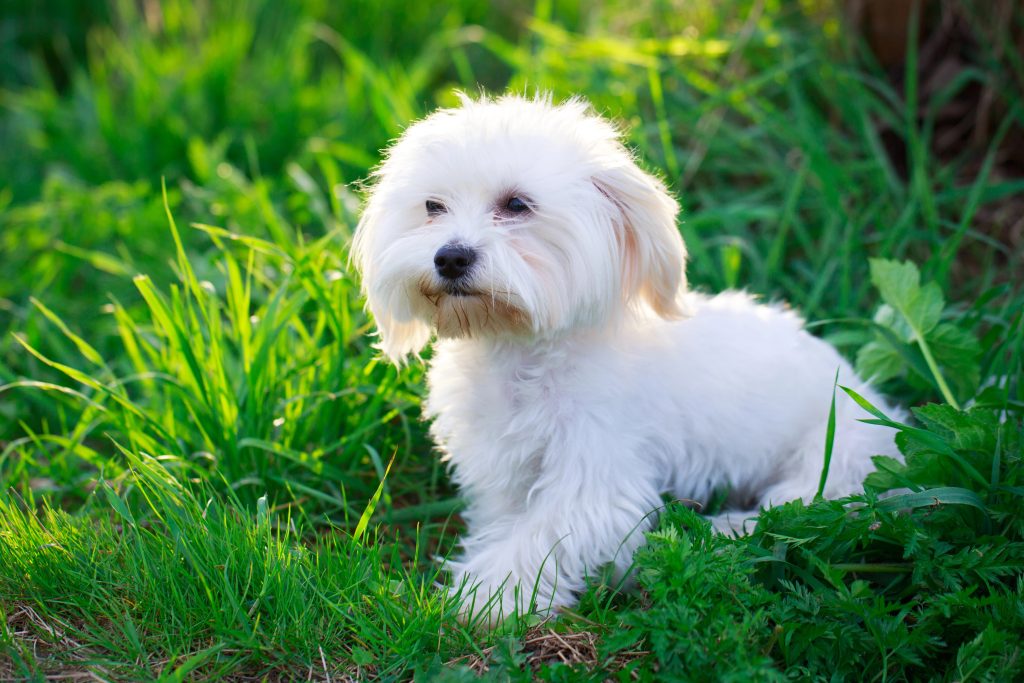
7. Maltese: The Little White Shadow
Maltese dogs might be little, but they require a ton of attention. As Sidewalk Dog points out, they possess a “pack mentality” and prefer the company of their humans constantly. High-dependency is the game, and Maltese will exhibit signs of anxiety such as barking or pacing if left alone.
To ensure a Maltese prospers, provide plenty of lap time, soft brushing, and interactive toys. Short separations and early socialization can make them more confident. They’re ideal for those who desire a committed, portable friend.
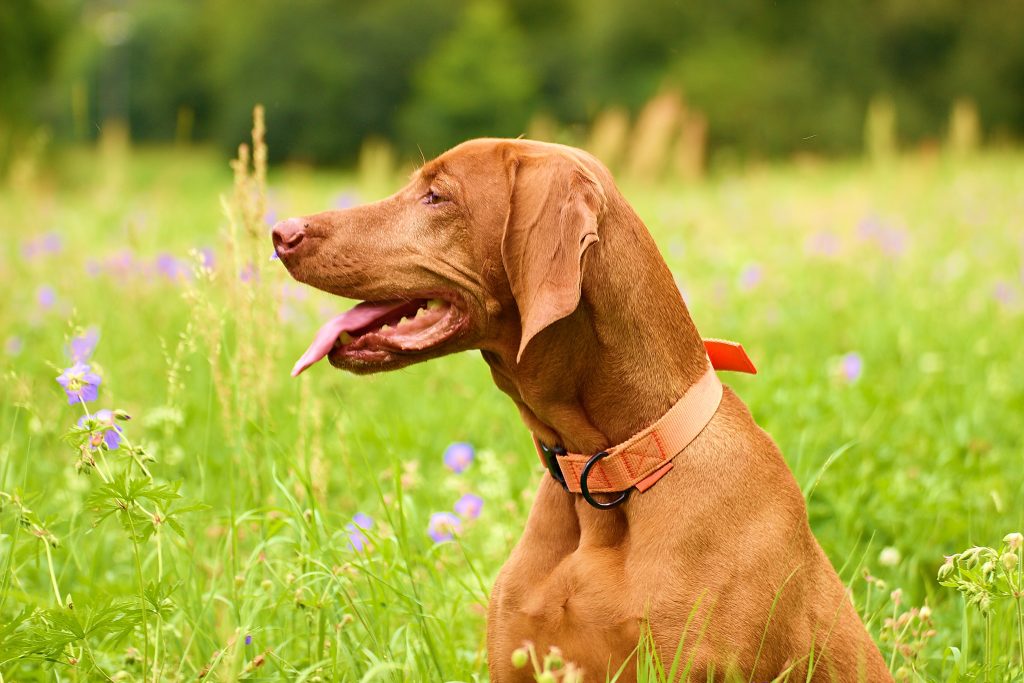
8. Vizsla: The Athletic Velcro Dog
Vizslas are energetic, smart, and notoriously loving. They have also been referred to as “Velcro dogs” because they cling to their people and need constant company. iheartdogs.com says that they are sensitive and gentle and need lots of attention and exercise.
Vizslas thrive with active families where they can accompany their owners on hikes, runs, or agility competitions. Without adequate stimulation, however, they may become destructive or anxious. Daily physical exercise and mental stimulation are essential in this breed.
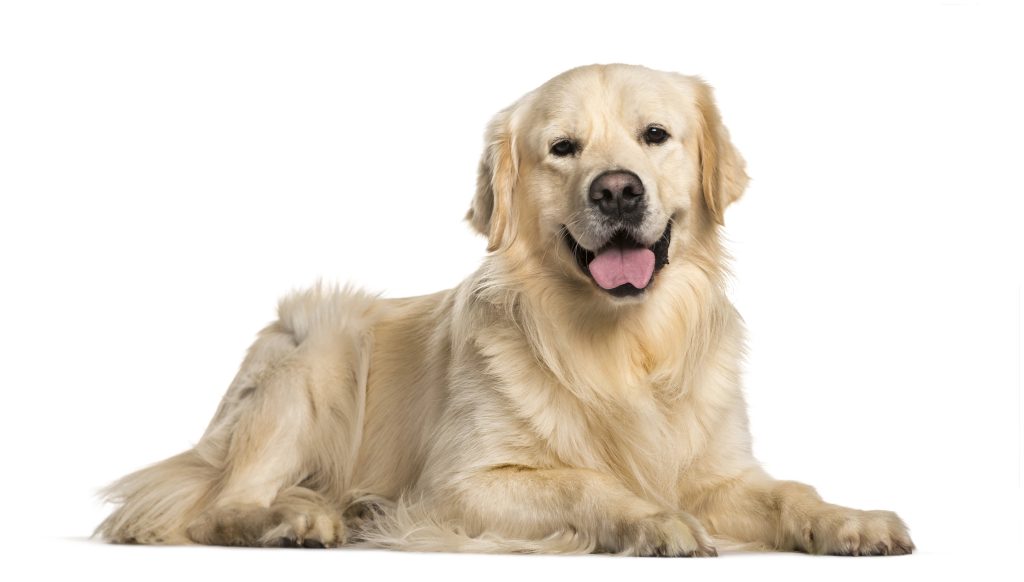
9. Golden Retriever: The Loyal Family Favorite
Golden Retrievers are cherished for their kind temperament and strong commitment to their families. As Sidewalk Dog observes, Goldens are sweet, tolerant, and charming, but this attachment can result in clinginess and separation anxiety if left excluded from family life.
Goldens thrive in households that involve them in day-to-day activities and provide them with an abundance of physical exercise. Early training in solo time and reward techniques can acclimate them to short periods of absence, yet they’ll always want to be in the midst of activities.
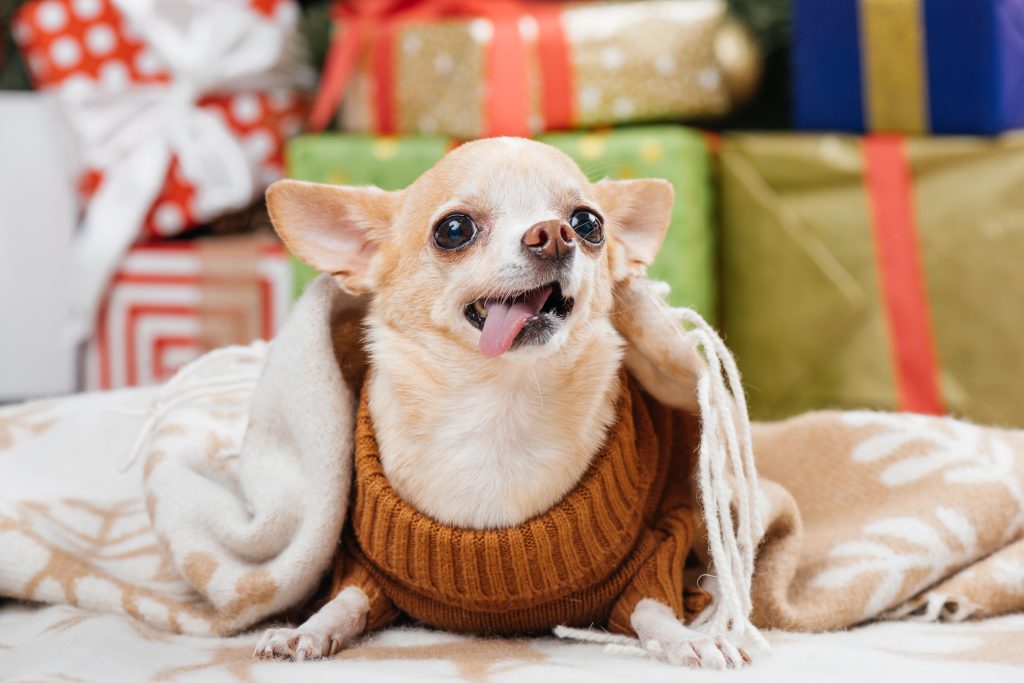
10. Chihuahua: The Miniature Faithful Companion
Chihuahuas are the world’s smallest dogs, but their devotion is giant-sized. As iheartdogs.com suggests, Chihuahuas will bond strongly with one individual and like nothing better than the safe familiarity of owner’s lap. Their guarding instinct makes them cautious of strangers and nervous when left alone.
Chihuahuas do well with mild socialization and discipline that involves them in daily activities. They’re perfect for individuals seeking a constant friend they can accompany them anywhere.
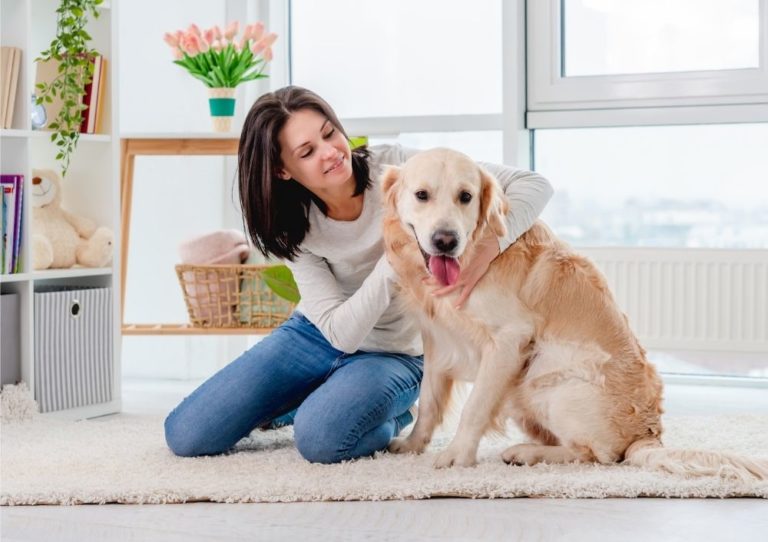
11. Controlling Clinginess and Preventing Separation Anxiety
While these breeds are adorable, their clinginess can sometimes develop into separation anxiety. PetMD states that the secret is making your dog feel secure and confident in your absence. Specialists suggest systematic desensitization increasing your dog’s alone time in small increments, supplemented by rewarding relaxed behaviour.
Offering interactive toys, a warm “special space,” and frequent exercise can all help to decrease anxiety. If your dog begins to get distressed, such as destructive chewing or incessant barking, seek the advice of a trainer or vet behaviourist. As PetMD’s Flores suggests, “Managing absences is extremely important to protect the progress we are making during training.” If necessary, hire a friend, pet sitter, or daycare to assist your dog through this process.
Selecting a Velcro dog breed comes with the commitment to receive limitless affection and a bit more responsibility. With an understanding of their special requirements and an abundance of love, organization, and positive reinforcement training, you can have a relationship that is as rewarding as it is heartwarming. And, after all, a devoted dog’s loyalty is one of life’s biggest pleasures sticky fingers and all.


